My experience with Carpal Tunnel Syndrome
Sharing what I learned after being diagnosed with CTS
Carpal Tunnel Syndrome (CTS) is probably something that every developer or designer is afraid of having. We spend too much time in front of our computers, typing for around 8 hours or so, depending so much on our hands (and of course, our brains) to do our work. Workspace ergonomics is so important for people in tech that I see a lot of friends spend a lot of money on ergonomic keyboards, chairs, mice, tables, and more. It’s also affecting those who are in ESports which has more Actions Per Minute (APM) compared to typing. It even forces some players to retire early (but the good news is some of them actually comeback after surgery)
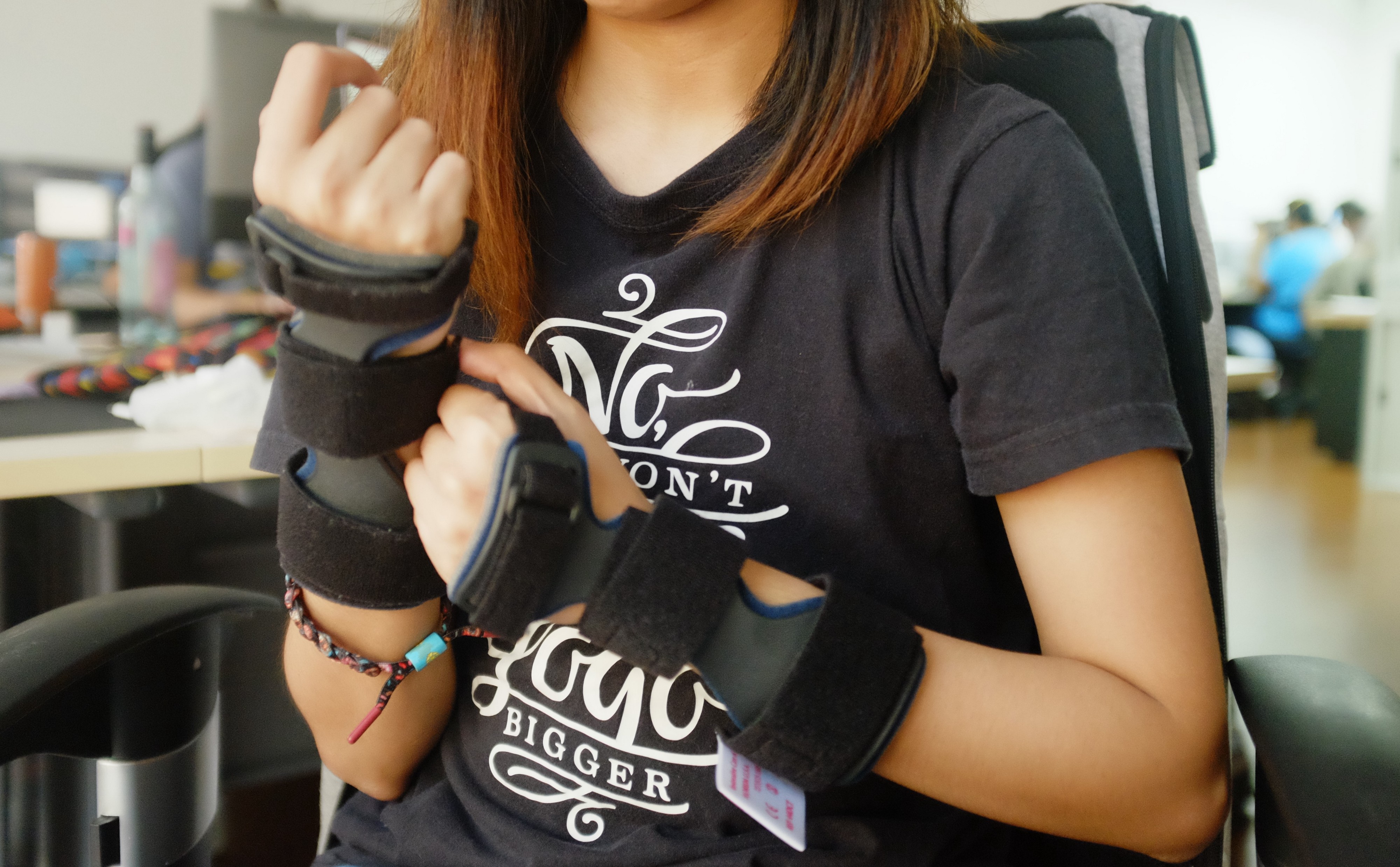
CTS isn’t limited to people in the tech and gaming industry. In fact, it actually happens less compared to other industries. As per National Institute of Neorological Disorders and Stroke:
The risk of developing carpal tunnel syndrome is not confined to people in a single industry or job, but is especially common in those performing assembly line work — manufacturing, sewing, finishing, cleaning, and meat, poultry, or fish packing. In fact, carpal tunnel syndrome is three times more common among assemblers than among data-entry personnel.
Unfortunately for me, I was recently diagnosed with CTS. I’m not gonna deny, I freaking cried in front of the doctor, even though he did say it was just mild CTS. I kept thinking how hard it will be for me to draw, design, and type.
I always get asked by tech friends what they should do to prevent it and how would they know if they already have it. So to spread awareness, I want to share a bit of my background, the symptoms, and what to do if you think you already have it, and what are the procedures you will undergo to ease it.
What’s disappointing about being diagnosed with CTS is that it’s hard to determine what exactly are your habits that led to having it. Is it just because of keyboard and mouse use? I will never know, apparently. So I’ll just provide a background of my habits and body structure that may have led to me having CTS:
- As of writing, I’m 24 years old and I’m a Designer + Front End Developer for 4 years. According to the therapists, this is a really early age for me to have CTS. It usually develops for decades.
- I’m thin and small. Me being thin probably contributed to why I easily had CTS according to the therapists.
- I’m an illustrator. I draw from time to time and it’s not intensive. I’ve been drawing since I was in elementary school.
- I’m a left-handed. My right hand was the first to have CTS, my left hand followed soon after.
Symptoms happen gradually: you may feel like your palms are burning, weak, numb, tingling, and sometimes painful, especially the thumb, index finger, and middle finger. Decreased grip, difficulty in typing, and other manual tasks become so hard to do. It’s not something you can simply shake off. As for the causes, according to National Institute of Neurological Disorders and Stroke:
Carpal tunnel syndrome is often the result of a combination of factors that reduce the available space for the median nerve within the carpal tunnel, rather than a problem with the nerve itself.
Mechanical problems in the wrist joint, work stress, repeated use of vibrating hand tools, fluid retention during pregnancy or menopause, or the development of a cyst or tumor in the canal also may contribute to the compression. Often, no single cause can be identified.
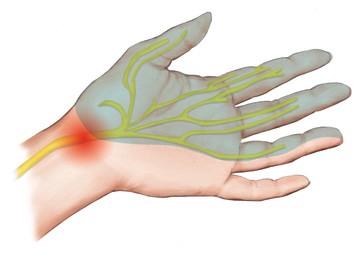
In my case, I spend most of my time in front of the computer and using the keyboard and mouse. My hand and wrist position when typing, as far as I can remember, is “floating” and not resting in a wrist rest or the table. Which, apparently, is a wrong posture. I’ll get to the right posture later!
These are the symptoms that I’ve experienced over 1–2 weeks. When resting, my hands seem normal but the moment I use them for any kind of activity, it would instantly be painful and tingling.
If you are experiencing these symptoms for 1–2 weeks, consult your doctor immediately before it worsens.
There were 3 stages that I had to go through when I went to the hospital (if you’re curious which hospital, it’s The Medical City, Pasig City, PH) for a check up:
- Check up with the Orthopedic doctor
- Check up with the Rehab doctor
- Physical Therapy
The ortho did the initial check up. I told him what happened and what I was feeling then he made me do a simple task: Put the back of my hands against each other, near my chest for 1 minute.
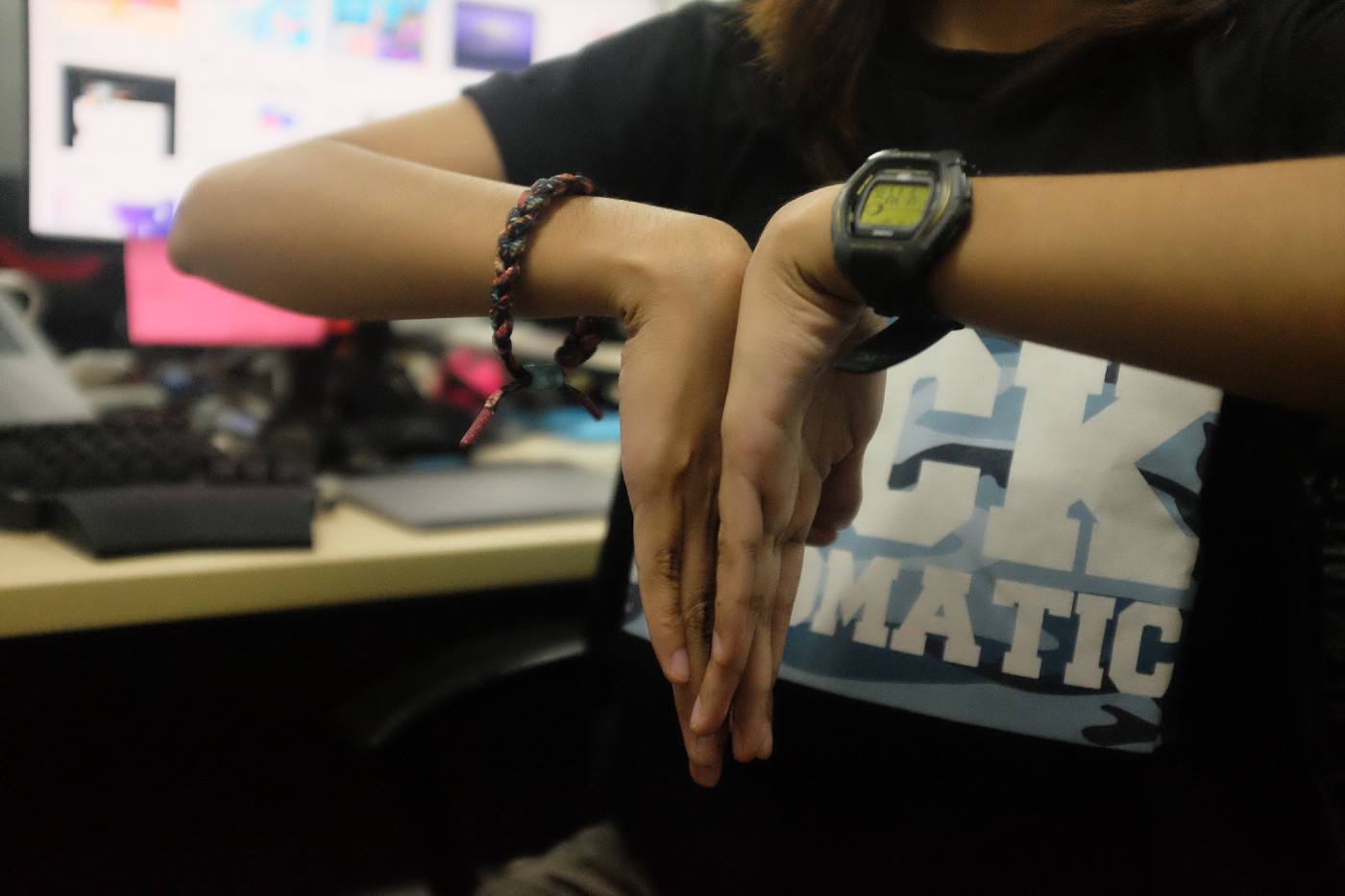
In just a few seconds, I felt the pain and burning in my thumb, index finger, middle finger, and my palm. At this moment, the doctor told me that I may be suffering from CTS.
He then prescribed Pregabalin, which is a medicine for nerve pain, and take it for a month. He also asked me to head to the rehab to get consulted again and if it’s positive, get my therapy session schedule from there.
When I went to the rehab doctor, I went through some more physical tests again: checking the strength of my fingers, the numbness and tingling, etc etc. Sadly I can’t remember exactly all the tests done but one of them is tapping the bottom part of the palm and see if there’s a “current” running from there to the tips of my fingers. And yes, there is.
It was another moment to declare and tell me that I have CTS (I was in denial when the first doctor told me), and that’s where I cried. Fortunately, he did tell me that the status is mild, and it’s good that I got to have it checked up before it got worse. Unlike worse cases, my hands and fingers still have strength. For those who have more severe cases, they can’t pinch or lift something, even a glass of water for example.
After telling me I have CTS, he scheduled me for therapy. Three times per week, for two weeks. He also prescribed Keltican (Uridine + Vitamin B12 + Folic Acid) which is a vitamin for my nerves. I have to take it for 2 months.
The Therapy
There were just a few exercises and procedures done to me during my physical therapy: Paraffin wax therapy and therapy putty exercises
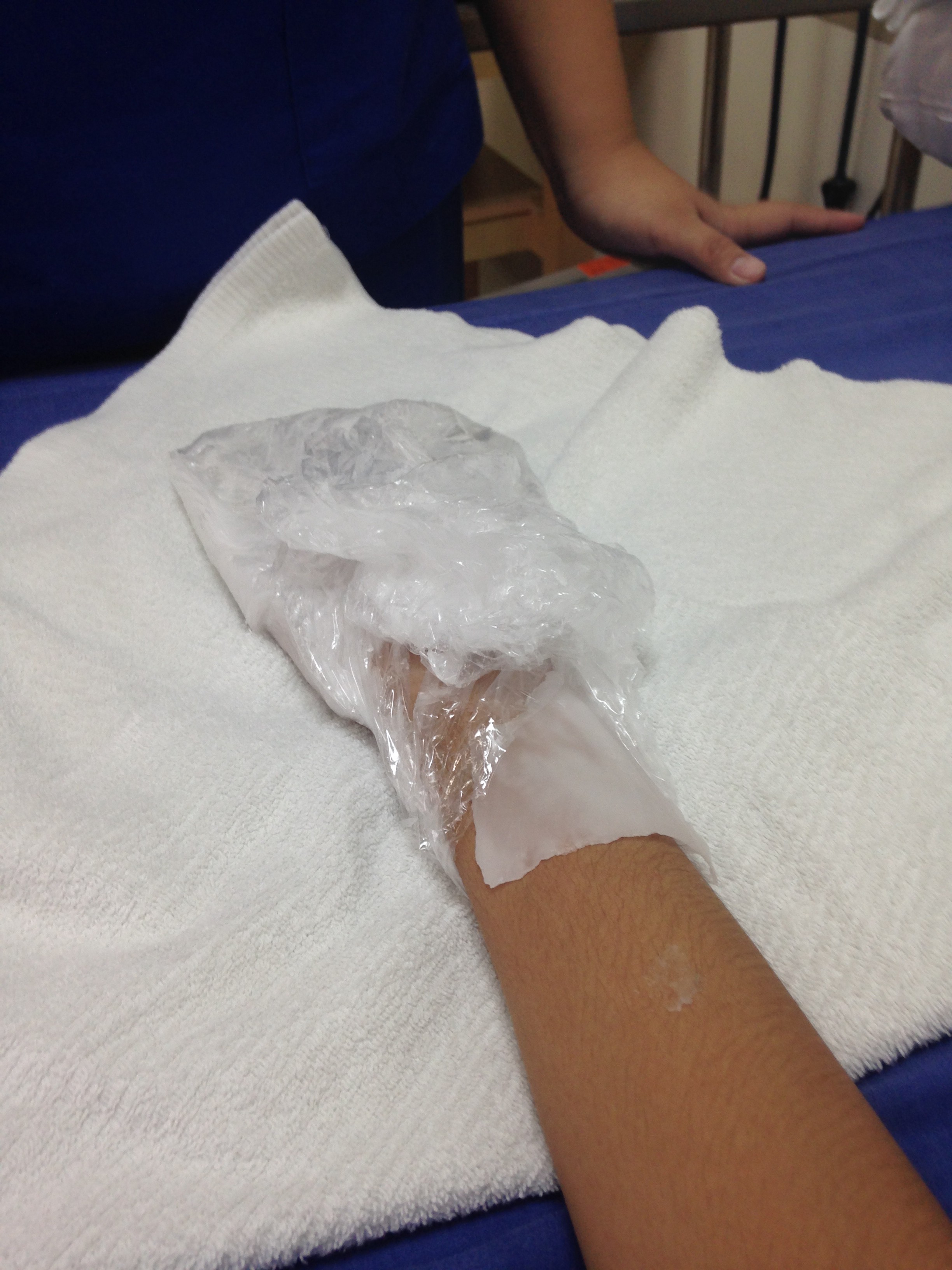
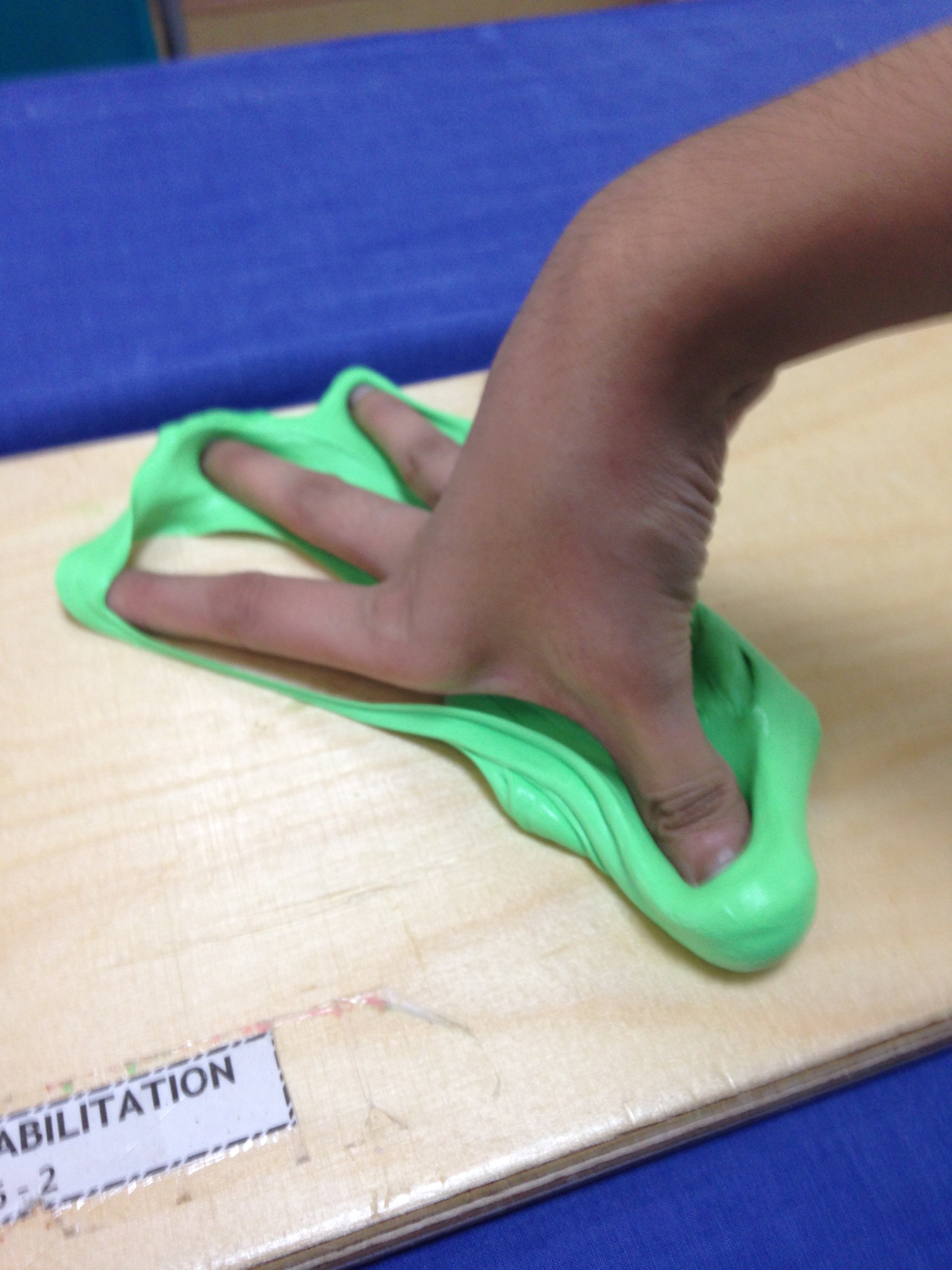
- Dipping my hand in to hot, paraffin wax. The first time this was done and my hand is at it’s worst state so far, my hand felt really painful but after the next few sessions and exercises it felt more comfortable and relaxing.
- Hand exercises with a therapy putty. A therapy putty is like a harder clay. Some exercises include pinching, spreading, and squeezing it.
- Some more hand exercises. Just two exercises which are in the images below. These exercises are one 3 times for 20 seconds each rep. These exercises are quite painful when doing it for the first few times.
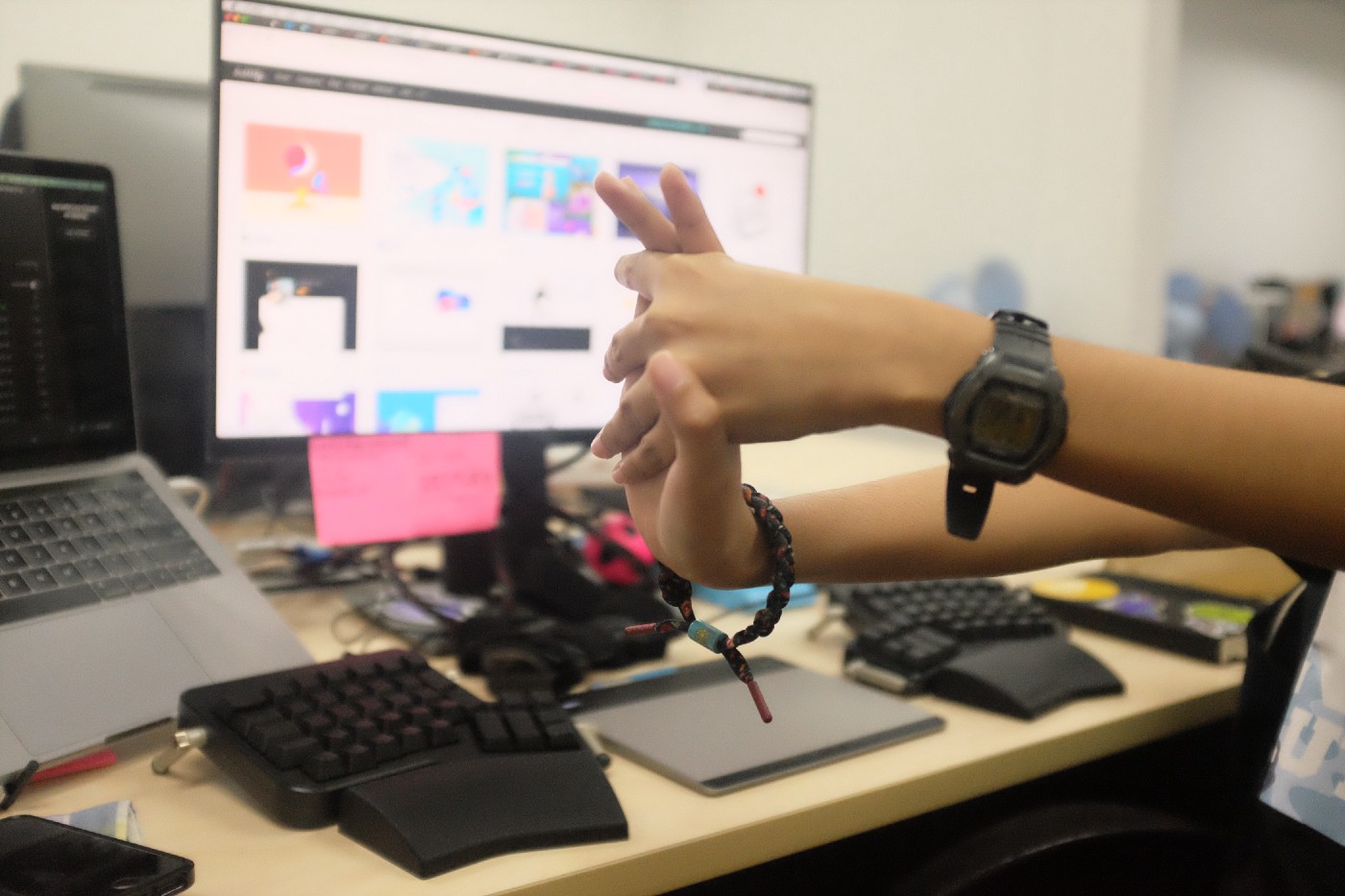
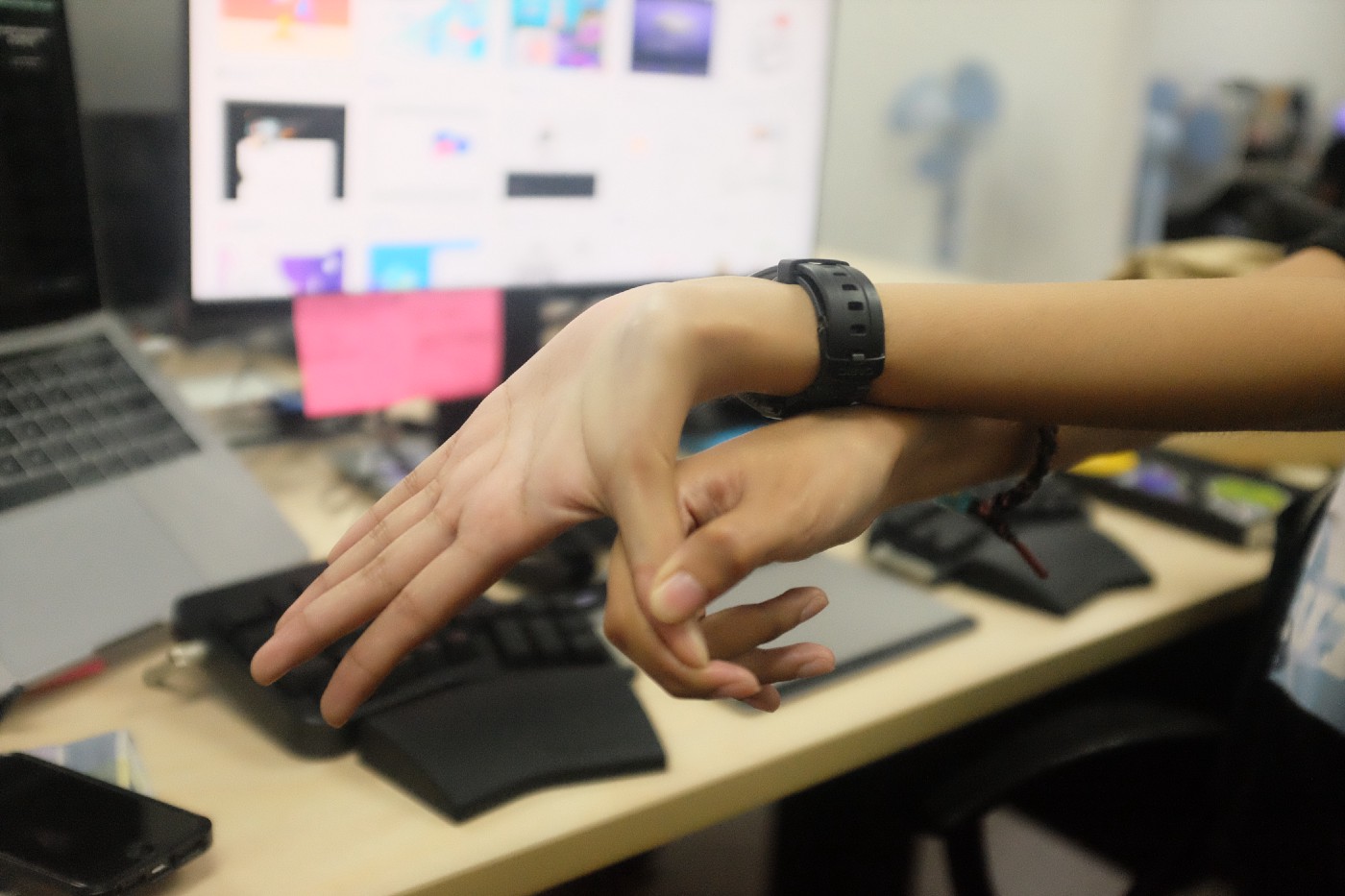
Besides therapy, I’m also required to do the hand exercises every 2 hours. Sounds tedious but always try to find time to stretch and exercise. Set an alarm for it if you need to. Most people often dismiss aches and whatever pain their bodies are feeling. Listen to your body more. Never think that exercising, stretching, or resting is a chore.
I also needed to lessen any activity that uses my hands. Work unfortunately is inevitable, but even activities as simple as opening a door knob was advised to be lessened. I had to have friends open doors or lift something for me. I even had to let go a few after-work side projects and allocate more time for my recovery.
Though physical therapy helped my hand somehow go back to normal, CTS isn’t totally cured, unless I undergo surgery. I wasn’t qualified to get a surgery since my case is still mild. I still have CTS, but it only triggers when my hands are really, really tired. So I make sure I get enough breaks and exercise.
Hopefully, you had your hands checked before it got worst. If you do and you’re now positive that you have CTS, then there’s no need to worry. If it’s mild and you can still grab things with your hand, then there’s a huge chance that your condition can still be improved through physical therapy and medication, like what happened in my case.
Other ways to recover and prevent CTS
You can overcome CTS and get back to doing what you love by just adjusting how you work. Yes, things like posture and ergonomic improvements have a big impact in overcoming CTS and giving your hands an opportunity to heal. Some of the items here are probably some stuff that you’ve already read somewhere else and I may sound redundant. Unfortunately, most of these advice (especially on posture and ergonomics) might only be applicable for data-entry personnel or professional ESports gamers. The exercises is probably the same, but I’m not sure what advice regarding ergonomics and posture I can give for guitarists, surgeons, dentists, and others that use their hands at work.
Take breaks and do stretching and exercises
You can do the hand exercises that I said above. I’m not sure how often you should or if every 2 hours is also good for those who don’t have it yet, but it’s better if you listen to your body and don’t dismiss fatigue, not just your hands, but also your back, shoulders, and neck.
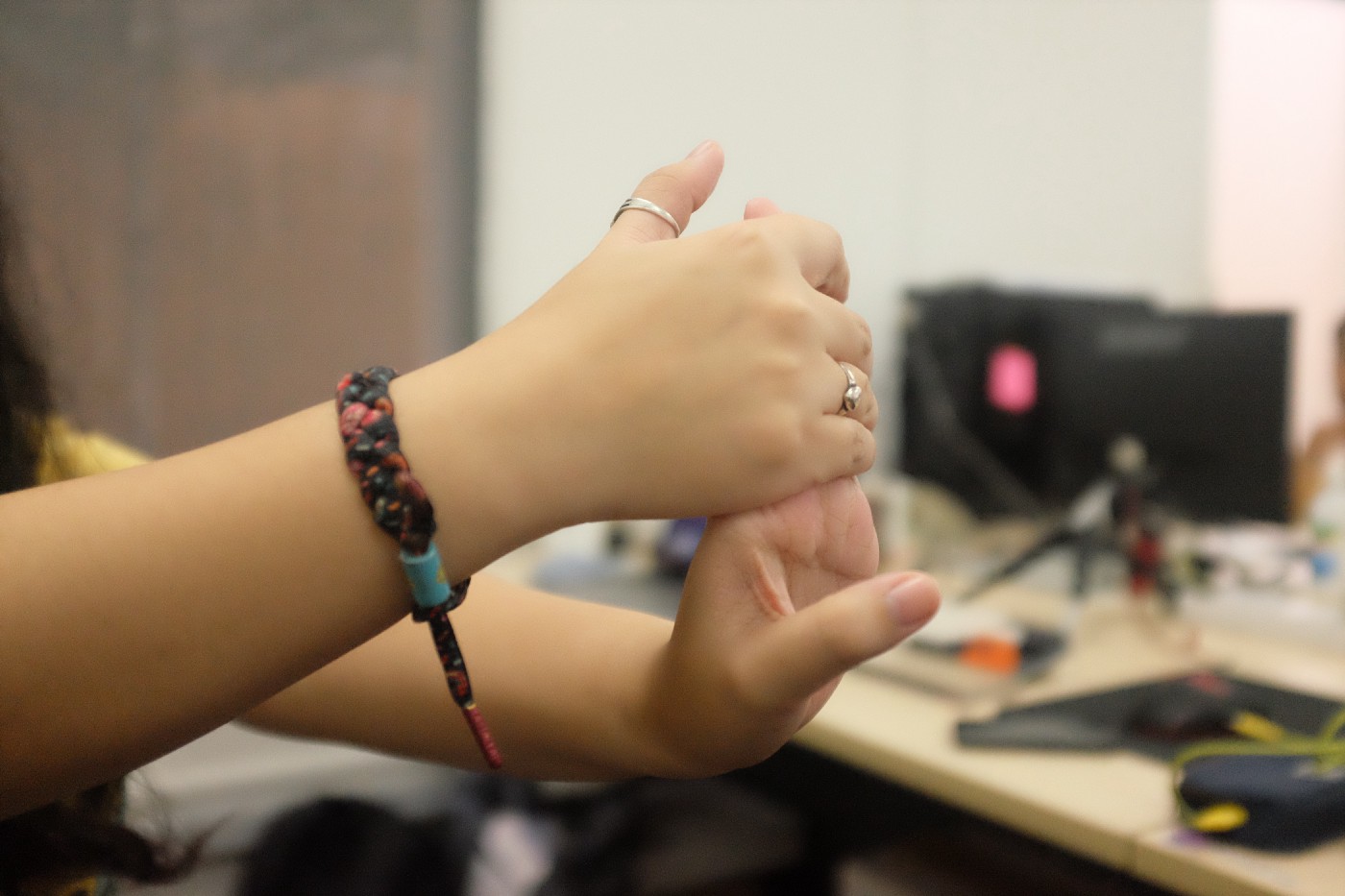
Improve your workspace ergonomics
Invest in good keyboard. As of writing, I'm using a mechanical keyboard (Cherry MX Brown) which aren’t that hard to press. Get keyboards that doesn’t give your fingers fatigue when typing for a number of hours. As for the mouse, I’m not quite sure. They did say that trackballs are good for those with RSI (repetitive strain injury)or CTS but a graphic tablet works just fine for me.
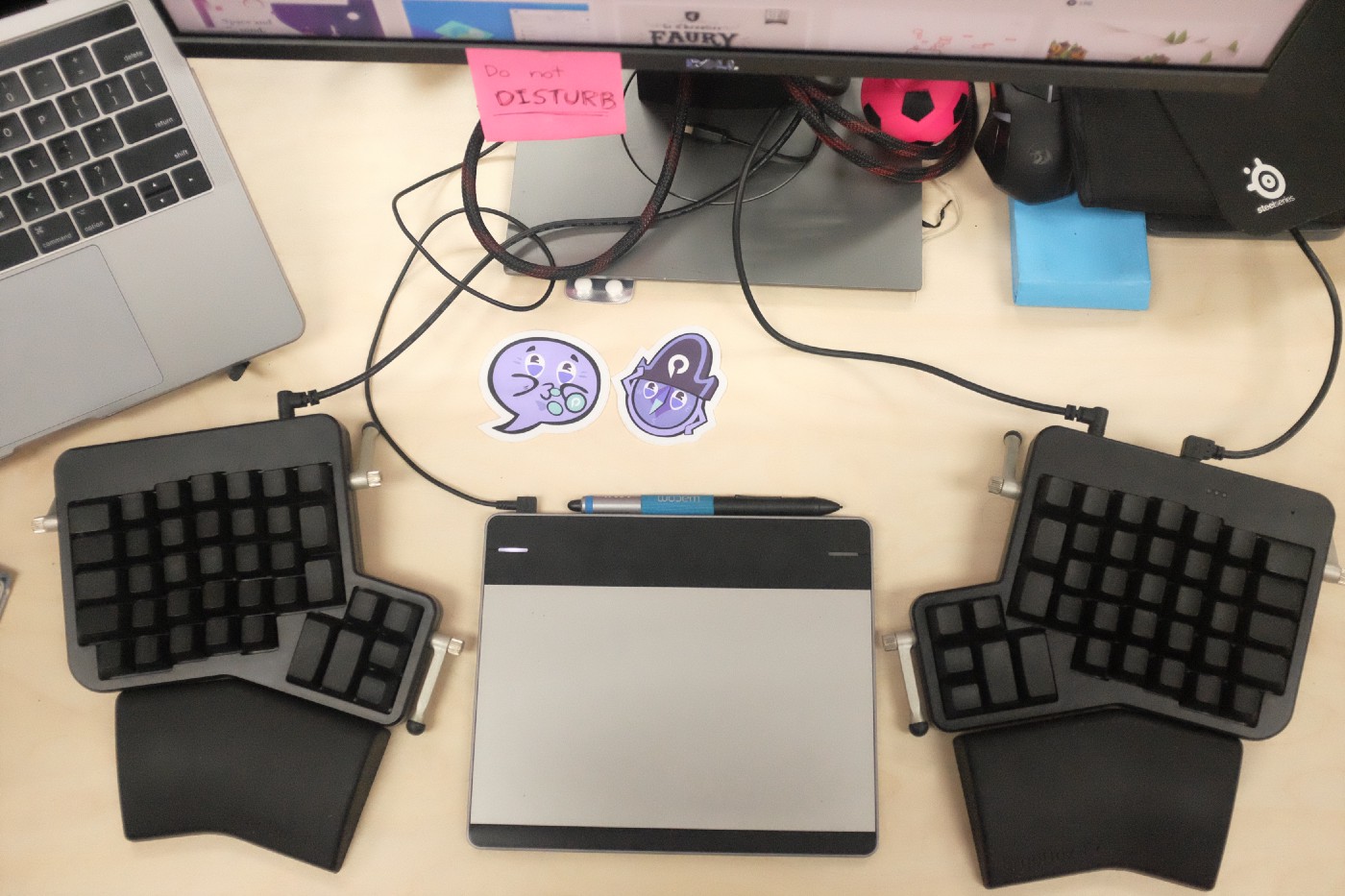
Though there isn’t a need to get fancy keyboards, I still tried getting an ergonomic keyboard like Ergodox, which is a split-type keyboard. The only downside is that it’s a bit pricey, but it really helped in making typing less painful (and now more fun!). This keyboard helps me prevent pronation, extension, and ulnar deviation.
Get a wrist rest. I’ve actually heard from some developers that it’s bad to have your palms rested on a wrist rest (it’s so weird that it’s called a wrist rest when what’s actually resting is your palm) but according to the doctor and therapist, hands/palms should be rested and should be at around a 20 degree angle which what they often refer to as the neutral position. The idea is to just have the fingers do the work when typing, not the wrist. Having it rested on the wrist rest somewhat prevents wrist movement as well.
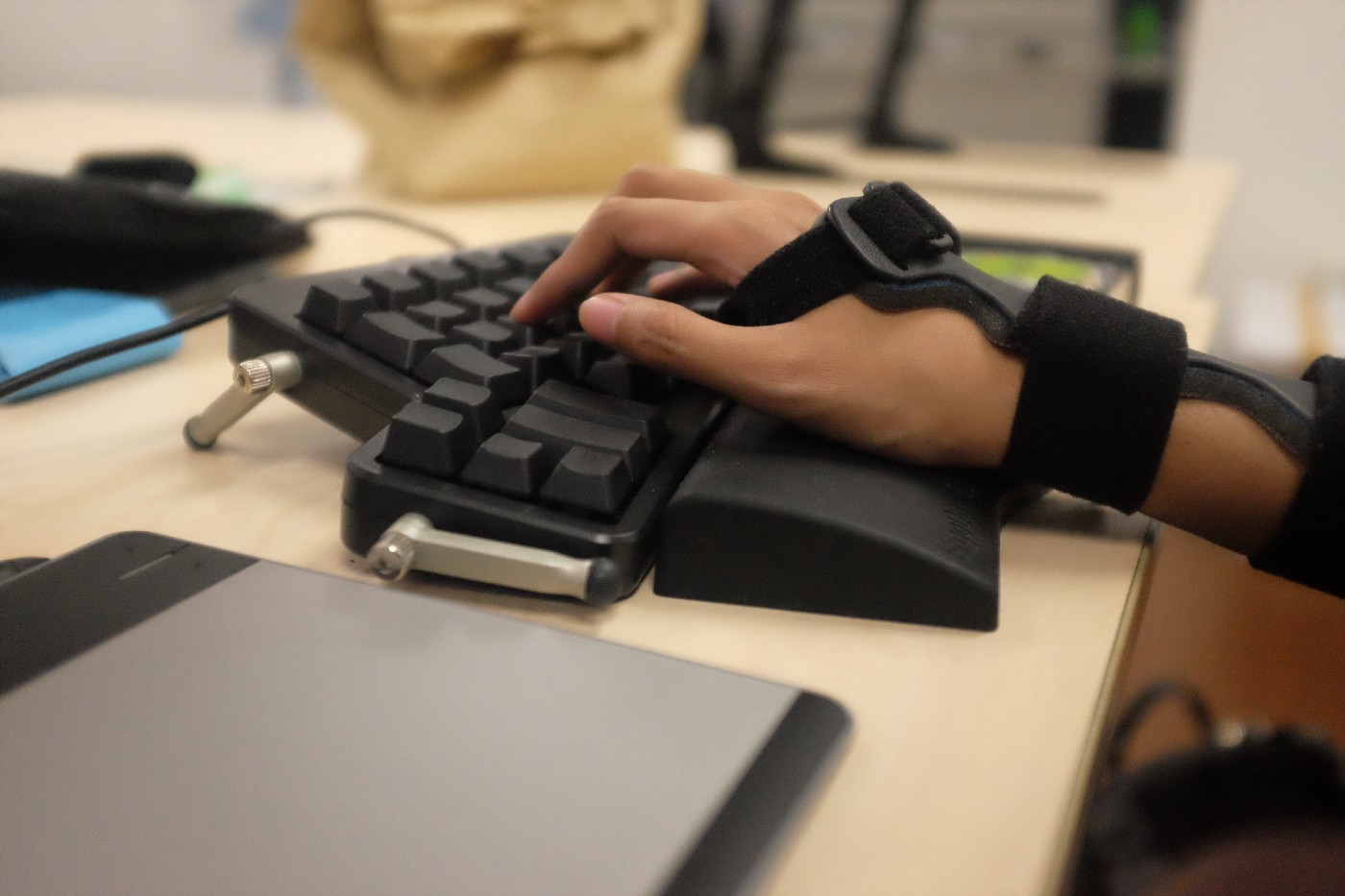
Check your posture
Keep your wrist at a neutral position.
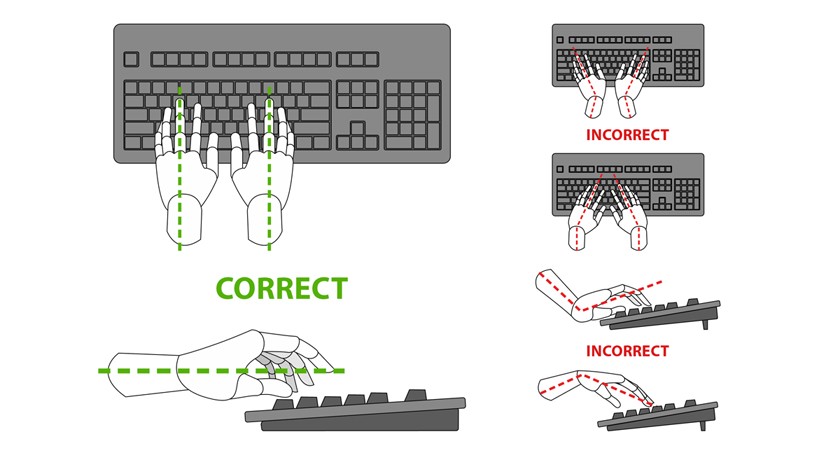
Wear splints
Splints help in restricting sideways movement of the wrist. I’m currently using Dorsal Carpal Tunnel Splints which are prescribed by my doctor. It’s a bit pricey for a splint (Php 3000 for one as of writing) so consult your doctor first if this is the same thing that you need. The narrow palmar roll supports the hand while fingers remain free to grasp. It also helps my wrist to be locked at a neutral position.
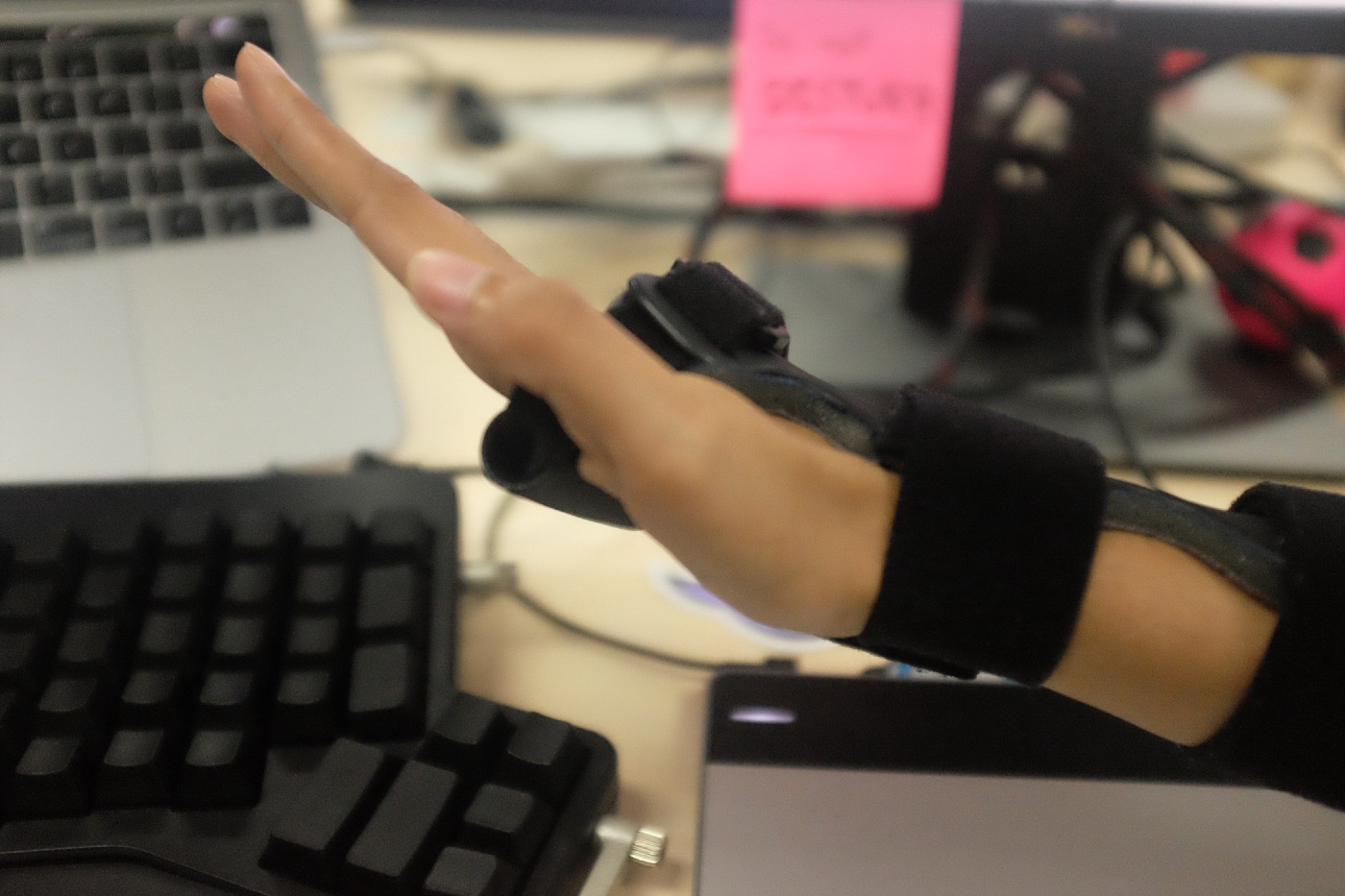
NEVER GET A SPLINT WITH A METAL SUPPORT. Before getting my hands checked, I actually tried getting something like this for myself until I see a doctor. My doctor said that the metal can actually add more pressure to your median nerve. Unlike the Dorsal CT Splint that allows the bottom part of my palm to be free. This splint may be used as a wrist support for other injuries, but not CTS.
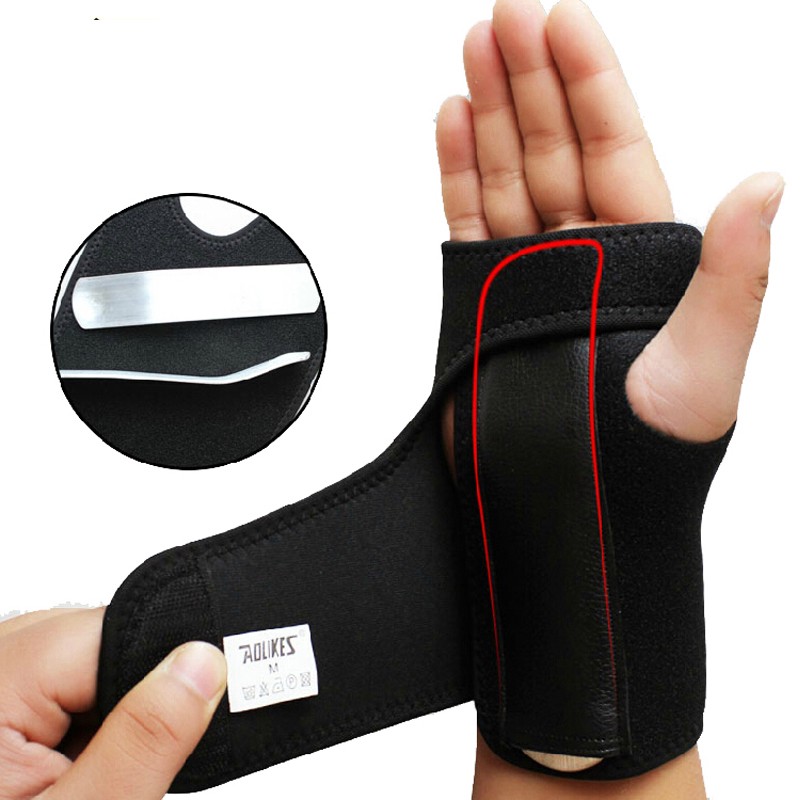
Be mindful of your sleeping position
CTS can haunt us even in our sleep. Great. We might have bended our wrists, add pressure to it, or put weight on it during sleep. If it’s something you can’t control, it’s advisable to wear splints while sleeping.
2023 Update
This article now sits in my own blog! This was originally in Medium had gained some traction there before. I'm glad that this helped guide a lot of people in terms of what they've experienced.
I think it's appropriate to also give an update on where I'm at now after being diagnosed with Carpal Tunnel Syndrome.
I realized that one procedure was skipped
The procedure is called NCV-EMG. In simpler terms, it's like lightly electricuting some parts your hands and limb to gauge the nerves responses. As per other people with CTS that I've talked to, they went through this procedure. I'm not sure why I didnt go through it initially, or if it would have been better if I did? The doctors immediately assumed I have CTS, and thankfully the therapy, exercises, and medication worked.
On 2021, I actually underwent this procedure because I was feeling some nerve pain on my arm, but I was sure it wasn't CTS because it was mostly hurting my arm, elbow, and shoulders. I had it checked and this procedure was done to me but the doctors didn't see anything unusual in the results.
I've been doing sports and have been more active since
A year after I got diagnosed, I tried doing kendo (japanese fencing). I was concerned at first if my wrist can handle it. So far it actually helped more in terms of improving my grip!
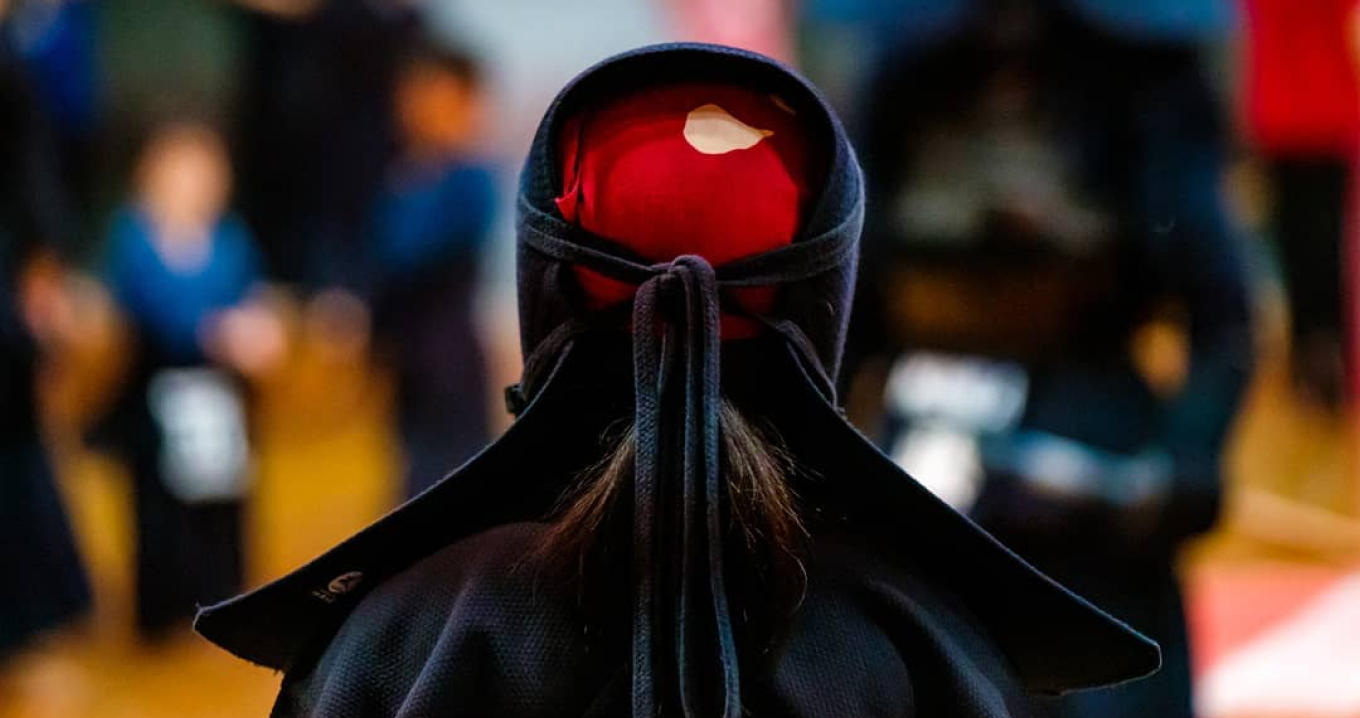
I've also been working out by doing some weight lifting and cycling. What I noticed though is that whenever I stop doing these physical activities for around 2-4 weeks, I would gradually feel pain on my wrists and arms again (like what I just mentioned above re: my arm pain). Immediately going back to exercise and martial arts have always helped me recover again. So now I have this "good problem" where I always need to exercise, which is something I'd gladly do.
I still continuously improve my workspace and posture
I still use a split keyboard, but this time it's the Lily58 Pro from The Next Keyboard Club. It's one of the affordable split keyboards out there and can be customized to be wireless.

I've also been using a trackball to lessen wrist movements with the usual mouse. I use the Logi MX Ergo which has been a delight to use. Pretty challenging to use for gaming, of course, but doable 😂
Conclusion
While my CTS isn't completely healed, there are definitely various ways to lessen the pain. A lot of it is thanks to frequently exercising, taking breaks, and maintaining a good posture whether you're working or sleeping.
Being diagnosed with one is discouraging, I know. But I would think that we should take this as a sign from our body telling us to slow down and try to incorporate healthier habits into our routine.
So stand up, stretch, exercise, and don't be locked on your seat.
Listen to your body, seek medical assistance when needed, recover, and you'll get back to your work and hobbies soon!
If you have any questions or comments, please feel free to reach out! ❤